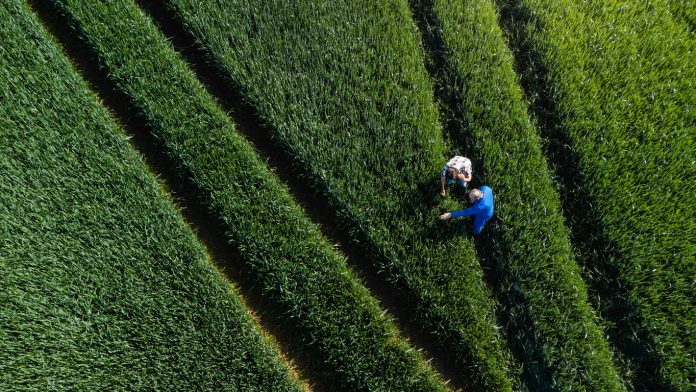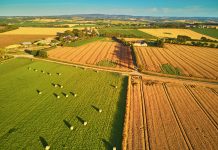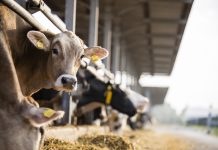In a clash of ecosystems, native plants and non-native crops find themselves at odds, facing off against a common enemy, pathogens
Recent studies from UC Riverside highlight the complex interplay where agricultural fields and wildlands converge, shedding light on how these interactions can lead to significant agricultural and environmental challenges.
Native plants and crops
According to two new studies led by UCR entomologist Kerry Mauck, the proximity of native plants and crops creates a breeding ground for pests that can spread diseases in both directions.
This phenomenon, worsened by human-induced changes in landscapes, has opened doors for pathogens to thrive where they previously might not.
Zebra chip disease
One study, published in the journal Phytopathology, focuses on Candidatus liberibacter solanacearum (CLso), a bacterial pathogen notorious for wreaking devastation on nightshade plants like tomatoes and potatoes. Similar to the pathogen-causing citrus greening disease, CLso spreads via psyllids, tiny insects that act as carriers. This pathogen causes zebra chip disease in potatoes, severely impacting yields by up to 90%.
Researchers discovered wild California plants harbouring CLso variants, but these strains do not infect crops. This revelation suggests that while wild populations host benign forms of the pathogen, agricultural strains have evolved to target valuable crops, posing a significant economic threat.
In another study, published in the Phytobiomes Journal, Mauck and her team investigated the movement of viral pathogens from agricultural fields to wild squash plants in UC reserves. They found that viruses like cucurbit aphid-borne yellows virus (CABYV), introduced to the region in recent decades, now infect up to 80% of wild squash plants. This virus inhibits root growth, a critical issue in dry Southern California summers, affecting the plants’ ability to access water and sustain local wildlife.
Understanding and managing interactions
Mauck emphasises the importance of understanding how pathogens mutate and adapt to new environments. “We need to make sure we’re moving only plant material that doesn’t contain these unwanted guests,” she explains. These insights could lead to strategies for enhancing crop resistance and mitigating the spread of pathogens in natural habitats.
These findings underscore the need for collaboration among land managers, growers, and conservationists to mitigate the introduction and spread of plant pathogens. “Plant pathogens can be anywhere. Whenever we move plants for trade, there is the potential for bringing in pathogen hitchhikers as well,” Mauck warns. “We need to make sure we’re moving only plant material that doesn’t contain these unwanted guests.”
Moving forward, ongoing research funded by the U.S. Department of Agriculture aims to unravel the genetic and ecological factors driving pathogen emergence. By studying these dynamics, scientists hope to develop effective strategies that safeguard both agricultural productivity and biodiversity in natural ecosystems.
As global trade and environmental changes continue to reshape landscapes, the battle against plant pathogens remains a critical frontier in safeguarding our food security and natural heritage.











